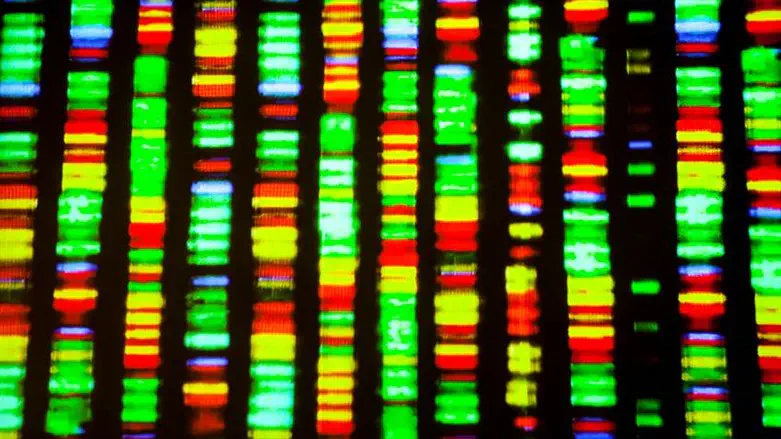
The remains of Jewish adults and children dating back to the medieval era found in a well in Norwich, England have been identified as the victims of a pogrom, a study found.
The investigation looked not only at medieval history in Great Britain but at the history of when genetic disorders first appeared in Ashkenazi Jewish populations.
“I’m really excited that 12 years on [from our first investigations], we’ve finally been able to use historical records, archaeology and ancient DNA analyses to shed new light on a historical crime, and in doing so sequenced the oldest genomes from a Jewish population,” lead author Dr Selina Brace, of London’s Natural History Museum, told The Guardian.
The remains of 17 Jews from medieval times were found in 2004 when construction for a shopping center began at the site in Norwich.
Due to researchers not finding any trauma on the bones, the individuals were initially thought to have died of malnutrition or disease. But later analysis of the bones and of nearby pottery found that they were likely dumped in the well in the 12th or 13th century, likely the victims of violence.
“We don’t know actually how they were murdered, but it seems most likely that they were,” said Brace.
The team found that the bodies appeared to have been dumped headfirst into the well at the same time.
In an article they published in the journal Current Biology, they explained that their findings using radiocarbon dating have uncovered that the bodies were dropped in the well between 1161 and 1216.
A major pogrom took place in Norwich in 1190, which could explain why the individuals were murdered.
“Many of those who were hastening to Jerusalem determined first to rise against the Jews before they invaded the Saracens. Accordingly on 6 February [in AD1190] all the Jews who were found in their own houses at Norwich were butchered; some had taken refuge in the castle,” medieval historian Ralph de Diceto wrote in “Imagines Historiarum II.”
However, the team hasn’t ruled out other violent incidents during the era, including the 1174 capture of Norwich by Hugh Bigod.
Further DNA work by the team found it likely that the remains belonged to Jewish residents of Norwich who were likely murdered in the pogrom. They used new DNA analysis techniques to recreate genomes for six of the bodies.
“When we look at the DNA from [the remains], they’re actually more closely associated to modern day Ashkenazi Jews than to any other modern population,” Brace said.
The team found genetic evidence of diseases common in modern Ashkenazi Jewish populations.
Brace added that the bodies were reburied in a Jewish cemetery years ago in a religious ceremony.
